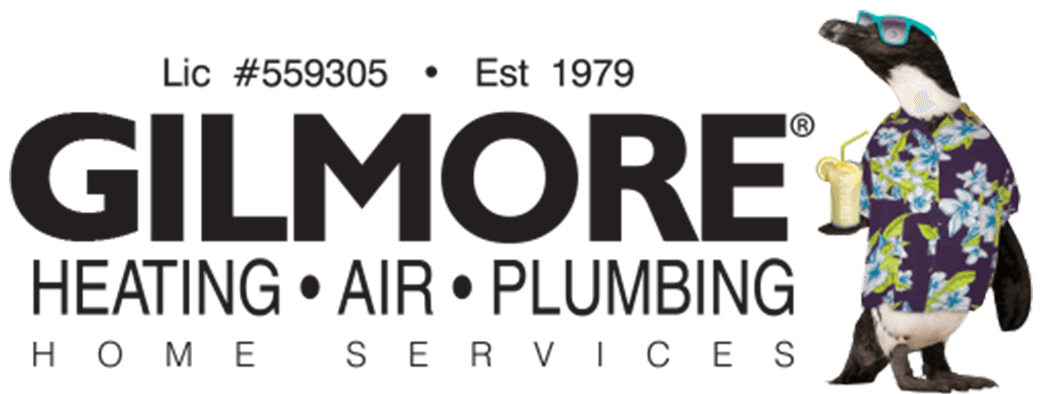A home with a large number of windows installed can be a real energy saver, as you can rely on natural light during the day, rather than using electric lighting. However, there is a tradeoff to the free illumination that the sun provides.
A window that is poorly sealed or fitted can allow outside air to slip in around the edges, cooling your home down during the winter and warming it during the summer. At the same time, the comfortable air in your home is allowed to slip out. It’s believed that about one-third of home heat loss is due to air escaping around poorly sealed doors and windows. This means that air conditioners and furnaces have to work overtime to compensate.
This results in a considerable increase in energy bills, and additional wear and tear on your HVAC system that necessitates early replacement. Thankfully, there are many options for fixing this all-too-common issue that frustrates many homeowners.
If you have older single pane windows, it may be time to replace your windows with new energy efficient windows.
Dual- and triple-pane windows are a must-have for those wishing to reduce energy transmission through window surfaces. In addition, in the last few years, glass manufacturers have come out with a host of new energy efficient technologies.
For example, you can now purchase windows with low emissivity (“low-e”) coatings. This technology involves the use of an invisible, almost microscopically thin film which is placed on one or more glass surfaces. This coating reflects infrared energy back towards where it came from. This means that when heat is inside your home during the winter, it stays there. And during the summer, the heat outside is reflected back out, keeping the air inside cool.
In addition, many multi-pane windows are now insulated with noble gases, usually argon, krypton, or xenon gas. Noble gases are a class of extremely stable, unreactive gases. Their resistance to chemical reactions makes them an ideal insulator, superior to simply filling the space between panes with air
There are a number of other upgrades available, with exciting new options being added all the time. It’s a good idea to speak with the experienced window installers at Gilmore to learn what options are available, and what’s right for your home.
See energy savings within a year of upgrading your windows!
However, ‘old’ doesn’t mean ‘bad.’ If your windows were manufactured prior to 1950, the glass is almost certainly single pane. However, the wood surrounding that glass is invaluable. Old windows were made using old growth wood that is extremely dense, providing excellent insulation, as well as rot and warp resistance. We can help you determine the best way to preserve your classic windows while improving their energy efficiency.
Two of the most common fixes for improving energy efficiency of existing windows is to install or reinstall caulking and weather stripping. While these aren’t anything fancy or high-tech, they are incredibly effective at stopping drafts and saving energy (and money). The Department of Energy says that the cost of professional window caulking and weather stripping generates a positive return on investment within a single year.
Other ways to improve the energy efficiency of your windows window panels, interior storm windows, window films, and draperies.
If you’re ready to improve the energy efficiency of your existing windows, or are interested in upgrading to new energy efficiency windows, the window repair and installation experts at Gilmore are here to help, with top of the line Red Carpet Care and customer support. To learn more, give us a call or send us a message using our appointment scheduling form!

